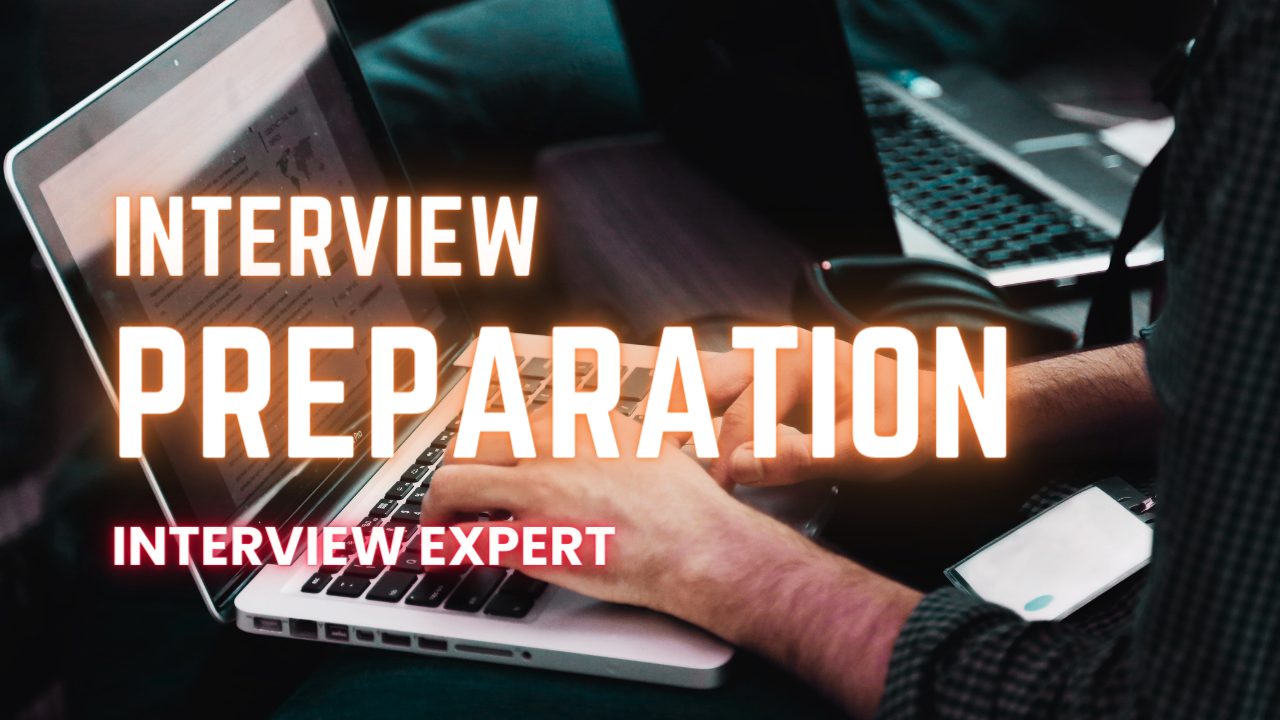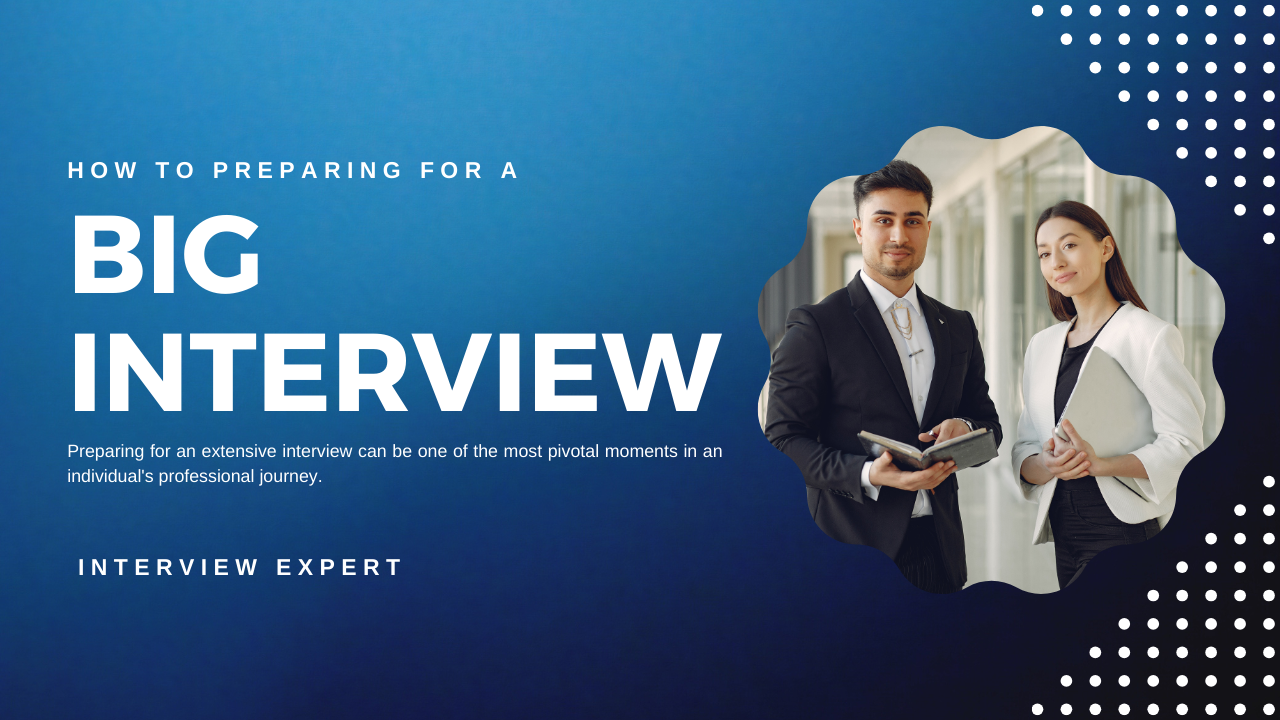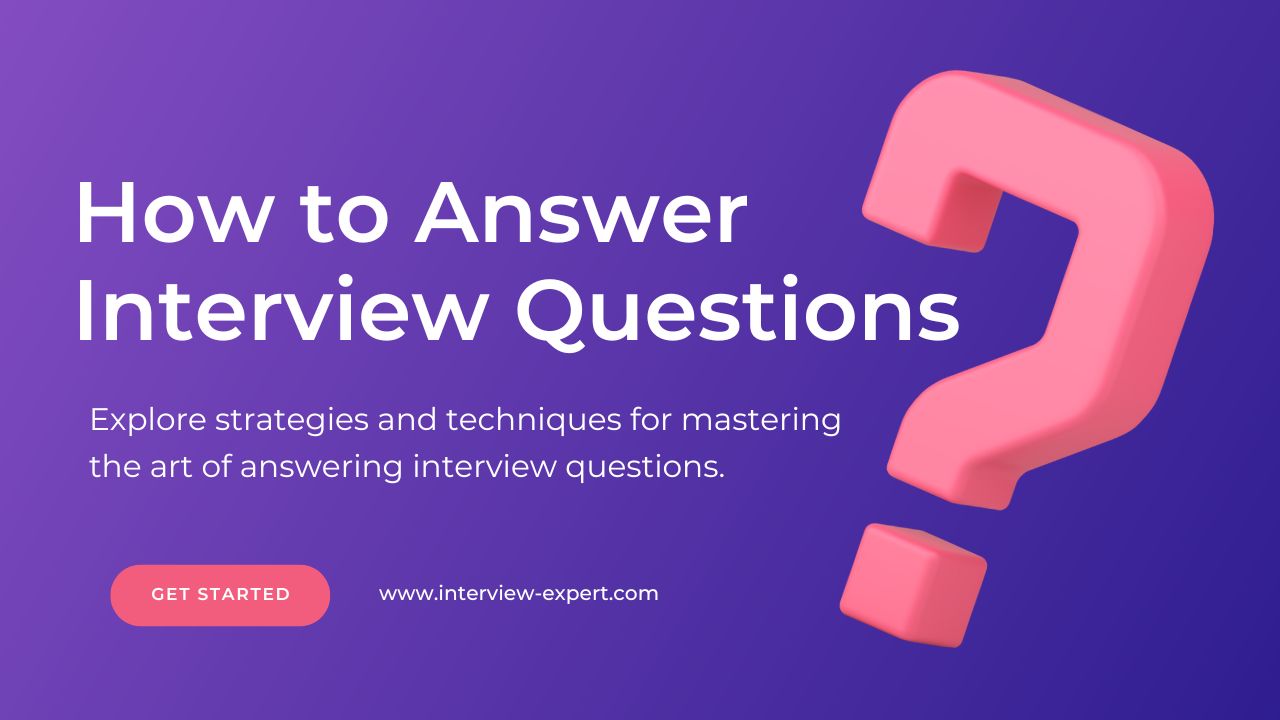
The job interview is a pivotal component of the recruitment process, serving as a crucial tool for employers to assess the suitability of candidates for specific roles. This blog comprehensively examines various job interview methods, exploring traditional approaches, contemporary trends, and emerging innovations. The goal is to offer insights into the effectiveness of different methods, their impact on candidate selection, and the evolving landscape of interviewing techniques.
The job interview has long been a cornerstone of the hiring process, offering a face-to-face interaction between employers and candidates. However, the effectiveness of different interview methods can vary significantly. This blog aims to analyze and compare traditional interview formats, such as structured, unstructured, and behavioral interviews, alongside newer approaches like competency-based interviews, video interviews, and situational judgment tests.
Traditional Interview Methods:
Structured Interviews:
This method involves a predetermined set of questions asked in a consistent manner to all candidates. It provides a systematic approach to assessing specific skills and competencies, minimizing bias and ensuring that structured job interviews represent a widely utilized and systematic approach to candidate assessment in recruitment. This blog thoroughly explores structured job interviews, examining their definition, key characteristics, advantages, potential drawbacks, and best practices. The aim is to comprehensively understand how structured interviews contribute to fair, reliable, and valid candidate evaluations.
The job interview is a critical stage in the hiring process, and the structured interview method has gained prominence for its methodical and standardized approach. This blog seeks to unravel the nuances of structured job interviews, shedding light on their role in mitigating biases, enhancing predictive validity, and contributing to overall recruitment effectiveness.
Definition and Key Characteristics of Structured Interviews:
Structured job interviews are characterized by a predetermined set of questions asked consistently and standardized across all candidates. Unlike unstructured interviews, where the conversation is more open-ended and subjective, structured interviews follow a specific format to ensure a fair and objective evaluation. Key characteristics include a clear set of criteria, standardized questions, and a systematic scoring system.
Advantages of Structured Job Interviews:
Potential Drawbacks and Challenges to Structured Interviews:
Best Practices for Conducting Structured Job Interviews:
Conclusion:
Structured job interviews are a valuable tool in the recruitment process, providing a systematic and objective approach to candidate evaluation. While they come with certain limitations, the benefits of increased reliability, reduced bias, and enhanced predictive validity make them a preferred choice for organizations committed to fair and effective hiring practices. By incorporating best practices and continually refining the interview process, structured interviews can play a pivotal role in identifying and selecting the most qualified candidates for a wide range of positions.
Unstructured Interviews:
Characterized by a more spontaneous and open-ended format, unstructured interviews allow for a free-flowing conversation. While offering flexibility, they may introduce subjectivity and inconsistency in candidate evaluation. The unstructured job interview, characterized by its open-ended nature and flexibility, has been a longstanding and pervasive method in candidate assessment. This blog delves into the intricacies of unstructured job interviews, exploring their definition, key features, advantages, potential drawbacks, and the evolving role they play in contemporary recruitment practices. The goal is to provide a nuanced understanding of how unstructured interviews contribute to candidate evaluation and organizational decision-making.
The job interview stands as a cornerstone of the hiring process, and unstructured interviews have garnered attention for their ability to foster a more natural and conversational interaction between interviewers and candidates. This blog seeks to unravel the dynamics of unstructured job interviews, shedding light on their characteristics, benefits, challenges, and the ways in which organizations can optimize their use.
Definition and Key Features of an Unstructured Job Interview:
Unstructured job interviews are characterized by their informality and lack of a predetermined set of questions. Instead of adhering to a standardized format, interviewers engage in free-flowing conversations with candidates, exploring various aspects of their experiences, skills, and personality. The key features include spontaneity, flexibility, and the opportunity for interviewers to tailor their questions based on candidate responses.
Advantages of Unstructured Job Interviews:
Potential Drawbacks and Challenges:
The Evolving Role in Contemporary Recruitment Practices:
Conclusion:
Unstructured job interviews, while embracing spontaneity and personalization, come with their own set of challenges. Organizations must carefully consider the trade-offs and implement strategies to mitigate potential drawbacks. As the landscape of recruitment continues to evolve, finding the right balance between structure and flexibility in interviews becomes paramount. By understanding the dynamics of unstructured interviews and leveraging their advantages judiciously, organizations can harness the full potential of this method to identify candidates who not only possess the required skills but also align with the cultural and interpersonal dynamics of the workplace.
Behavioral Interviews:
Focused on past behavior as an indicator of future performance, behavioral interviews assess how candidates handled specific situations in previous roles. This method aims to predict a candidate’s potential success based on their past experiences. Behavioral job interviews represent a prominent approach in candidate assessment, emphasizing the evaluation of past behaviors as predictors of future performance. This blog delves into the intricacies of behavioral job interviews, examining their definition, key principles, advantages, potential challenges, and best practices. The aim is to provide a comprehensive understanding of how this interview method contributes to effective talent acquisition and organizational success.
The job interview, a pivotal stage in the recruitment process, takes on a unique dimension with behavioral interviews. This blog aims to unravel the dynamics of behavioral job interviews, shedding light on their foundations, methodologies, and the invaluable insights they provide into a candidate’s potential for success in a given role.
Definition and Key Principles of Behavioral Interviews:
Behavioral job interviews are characterized by questions that prompt candidates to discuss specific situations they have encountered in the past, focusing on their behaviors, actions, and outcomes. The underlying principle is that past behavior is a reliable indicator of future performance. These interviews often follow the STAR (Situation, Task, Action, Result) format, encouraging candidates to provide detailed accounts of their experiences.
Advantages of Behavioral Job Interviews:
Potential Challenges and Considerations:
Best Practices for Conducting Behavioral Job Interviews:
Conclusion:
Behavioral job interviews, with their emphasis on observable behaviors and outcomes, offer a valuable and structured approach to candidate assessment. When implemented with careful consideration of best practices, these interviews can provide organizations with meaningful insights into a candidate’s potential for success. As the recruitment landscape continues to evolve, behavioral interviews stand as a robust tool for identifying candidates who not only possess the necessary qualifications but also demonstrate the behavioral competencies essential for thriving in the dynamic and complex work environments of today.
Contemporary Interview Methods:
Emerging Interview Innovations:
Conclusion:
As the job market evolves, so do interview methods. Employers must continually adapt their approaches to ensure the selection of the most qualified candidates. This blog highlights the strengths and weaknesses of various interview methods, emphasizing the importance of a well-rounded and strategic approach to talent acquisition. As technology continues to advance, incorporating innovative tools and methods will be essential for staying ahead in the competitive landscape of recruitment.

1 week ago, admin

4 weeks ago, admin

2 months ago, admin

13 hours ago, admin

3 days ago, admin

1 week ago, admin

2 weeks ago, admin

2 weeks ago, admin